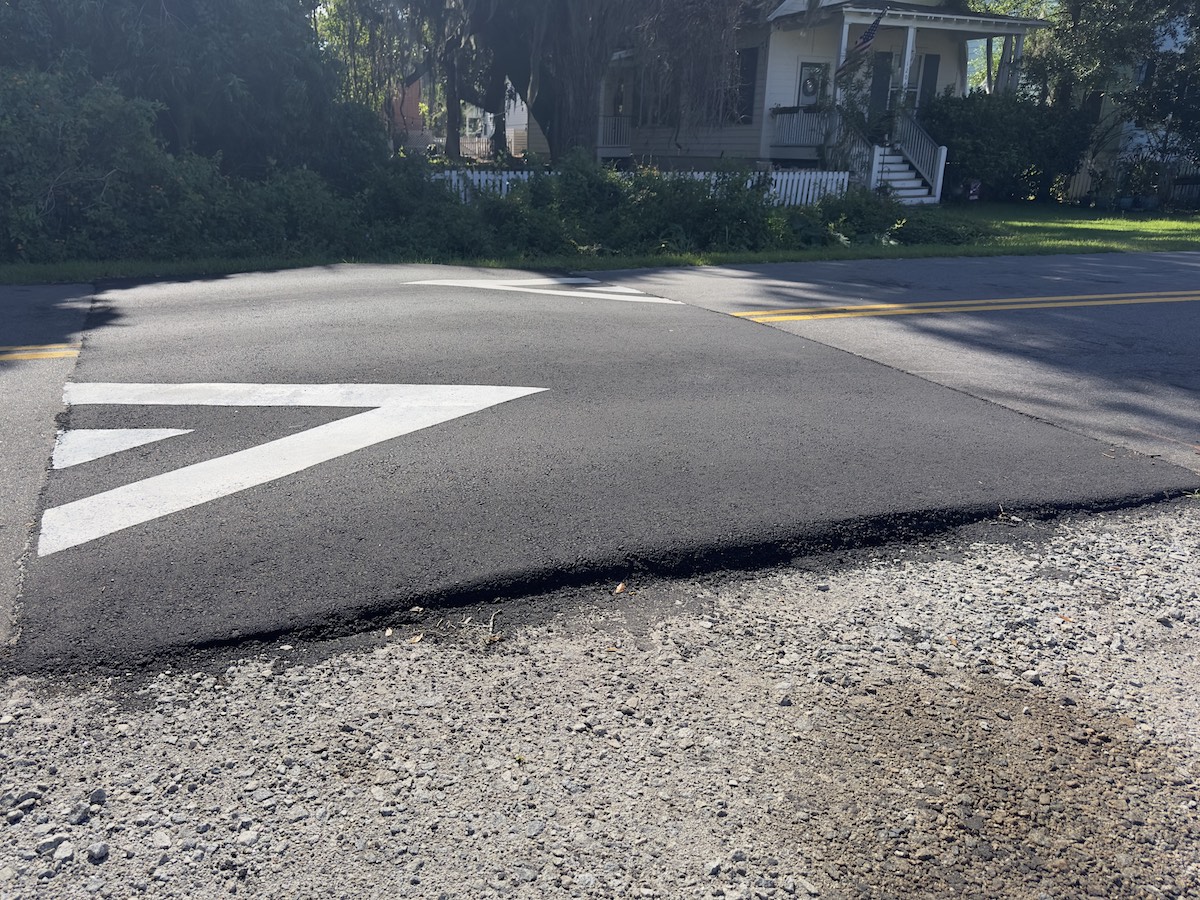With the possibility of lower fire insurance premiums for commercial properties that could boost economic development, including the Port of Port Royal property, both Beaufort and Port Royal will share a Class 2 ISO fire rating effective May 1.
Working together with improved firefighter training and equipment, the Beaufort-Port Royal Fire Department requested a joint ISO fire rating that could greatly benefit commercial property owners in Beaufort and Port Royal, Beaufort Fire Chief Sammy Negron said.
For 15 years, Beaufort has enjoyed one of the state’s highest fire insurance ratings — an ISO 2. That can translate to annual savings on fire insurance premiums, particularly for commercial properties. Insurance companies can use the ISO rating as an indicator of a community’s ability to provide fire protection.
“With our combined firefighting capability with Port Royal, with our strong water supply system and hydrants, and with our new equipment, we earned the joint ISO 2 rating for both the City of Beaufort and the Town of Port Royal,” Negron said. The rating team was in the Lowcountry in August.
Beaufort City Manager Scott Dadson said the continued high levels of firefighter training, strong cooperating between Beaufort and Port Royal, good department management and the City Council’s commitment to update the firefighting vehicles with more responsive all-purpose vehicles and pumpers all contributed to the upgraded fire rating.
Beaufort Mayor Billy Keyserling saluted the work behind the improved ISO 2 rating and pointed to potential economic benefits as both Beaufort and Port Royal work toward major redevelopment projects, including the Port of Port Royal project and the Boundary Street Corridor.
“The ISO rating reflects these two communities’ investment in providing effective fire prevention for its residents. Getting an ISO 2 rating for Port Royal will have a dramatic effect on the desirability of the Port property for development and, as we continue to bring redevelopment opportunities to Beaufort and the Boundary Street Corridor, the lure of lower fire insurance premiums will certainly help,” Keyserling said.
The last time Beaufort was evaluated by ISO was in 1981. In 2004, the Town of Port Royal received an ISO Class 3/9, with outlying areas having the lower, less appealing 9 rating.
The joint ISO 2 rating for Beaufort and Port Royal applies to property up to Neal Road in Beaufort and up to the Bell Bridge in Port Royal. The Burton Fire District recently underwent a similar ISO evaluation, including for areas in Beaufort and Port Royal they serve under contract.
Additional benefits of a joint ISO rating include allowing joint purchases of new equipment, saving both Port Royal and Beaufort taxpayers money. The shared equipment will serve the shared ISO, Negron said.
The ISO rating system measures the major elements of a community’s fire-suppression system and develops a numerical grade from one, the highest, to the lowest, 10. Here’s how the review process works, according to the Insurance Services Office:
Fire alarms: 10 percent of the overall grading is based on how well the fire department receives fire alarms and dispatches its fire-fighting resources. Field representatives evaluate the communications center, the number of operators at the center and the listing of emergency numbers in the telephone book. Field representatives also look at the dispatch circuits and how the center notifies firefighters about the location of the emergency.
Engine companies: 50 percent of the overall grading is based on the number of engine companies and the amount of water a community needs to fight a fire. ISO reviews the distribution of fire companies throughout the area and checks that the fire department tests its pumps regularly and inventories each engine company’s nozzles, hoses, breathing apparatus and other equipment.
ISO also reviews the fire-company records to determine:
• Type and extent of training provided to fire-company personnel
• Number of people who participate in training
• Firefighter response to emergencies
• Maintenance and testing of the fire department’s equipment.
Water supply: 40 percent of the grading is based on the community’s water supply, specifically whether the community has sufficient water supply for firefighting beyond daily maximum consumption. During an ISO review, its team checks all components of the water supply system, including pumps, storage and filtration. They check the distribution and location of fire hydrants and the rate of water flow provided by water mains.
Latest from Uncategorized
Beaufort’s J. Mark Daniel took this photo of an early summer bounty of hand-picked heirloom tomatoes
By Delayna Earley The Island News The speed bump problem in the Town of Port Royal
By Delayna Earley The Island News For the first time in more than 30 years, Port
ART Budding Artist After-School Art Club 4 to 5 p.m., or 5:15 to 6:15 p.m., Mondays/Wednesdays






